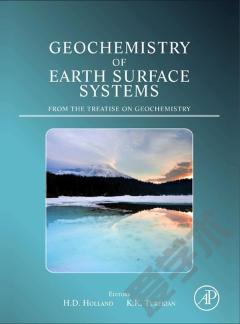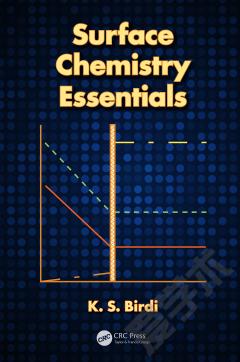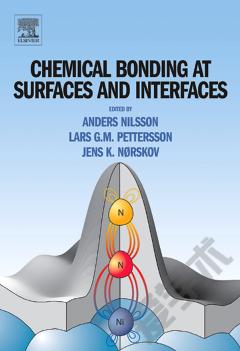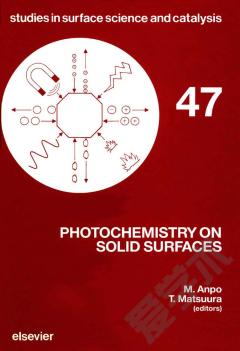Geochemical Remote Sensing of the Sub-Surface
This volume documents the techniques for geochemical remote sensing of the subsurface, to present case-history evidence of their successes and limitations, and to consider their further potential. The chapters in Part I focus on the mechanisms and models of dispersion that give rise to the patterns we attempt to detect. Part II deals with the detection of dispersion patterns that owe their origins to processes, such as leakage, that are allied to resource emplacement. Part III describes the detection of dispersion patterns that are generated by processes, such as radiodecay and oxidation, taking place in deposits after their emplacement. Every chapter brings a fresh perspective. Radon has met with much success in uranium exploration, whilst thorough research studies on helium and mercury lead to conclusions that tend to discourage use of these gases in mineral exploration. The case for light hydrocarbons is one of compelling simplicity whilst elaborate mathematical and electrochemical models are advanced for metal migration.
{{comment.content}}








 京公网安备 11010802027623号
京公网安备 11010802027623号